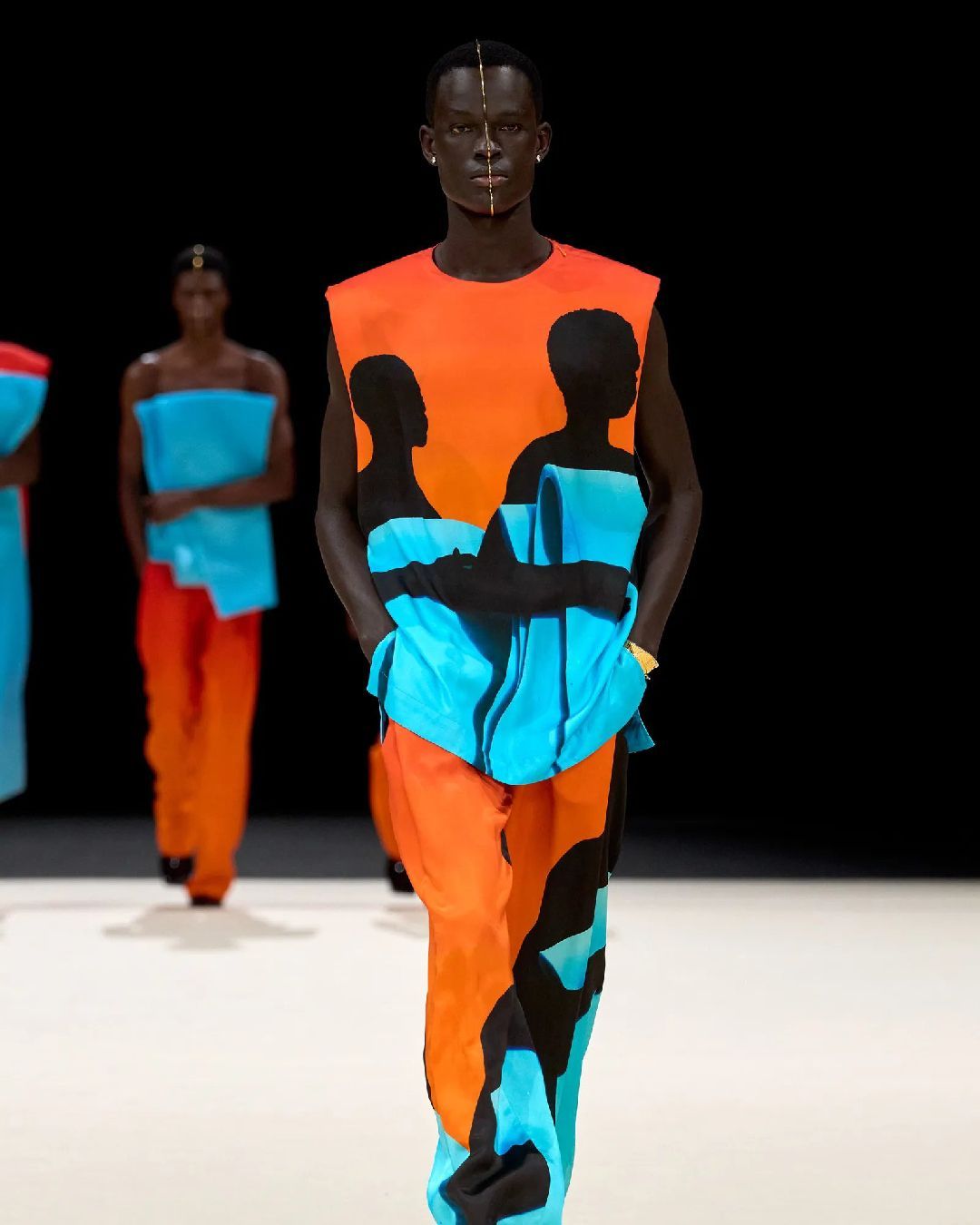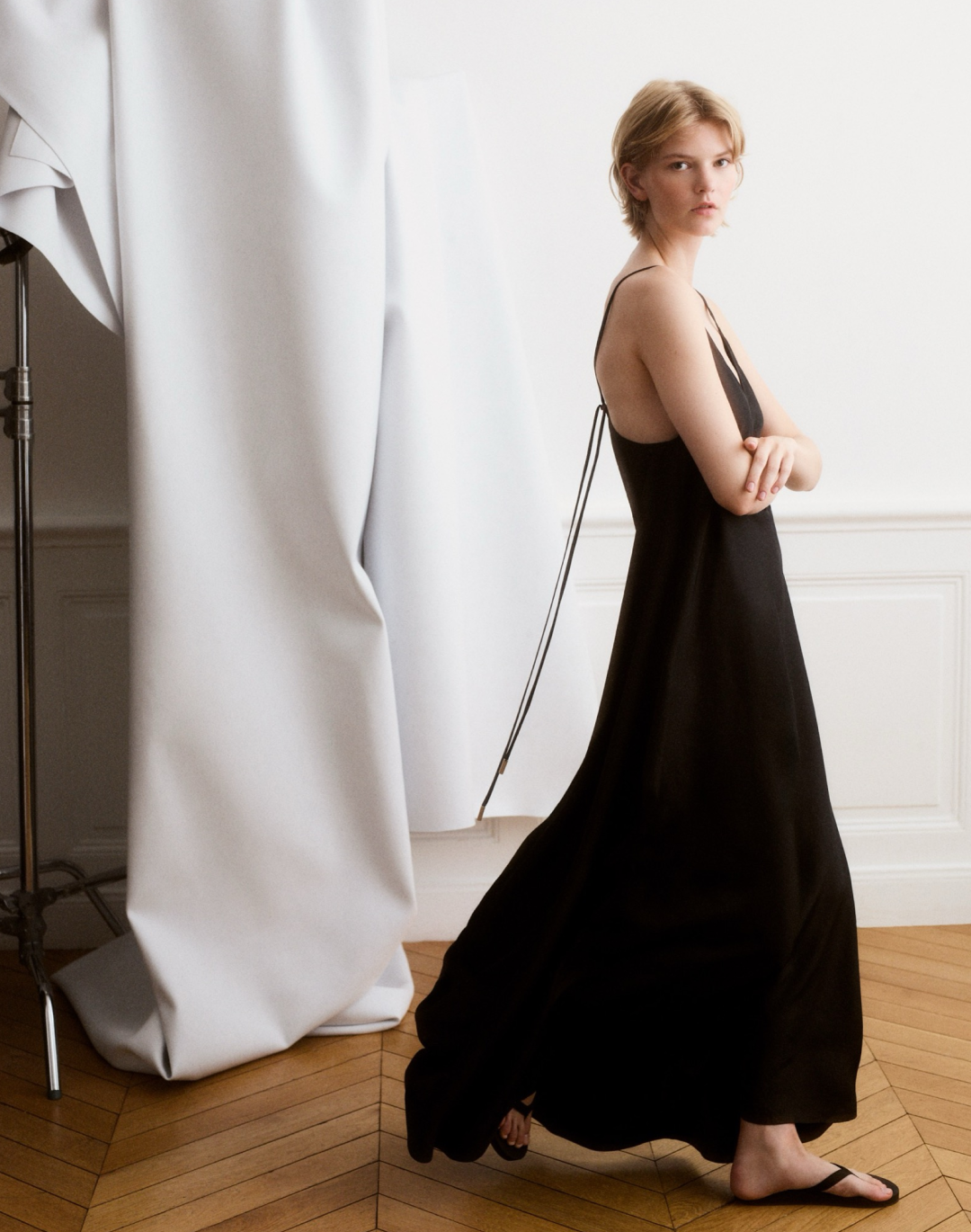
Plagiarism allegations tarnish Balmain's return to the catwalk The tricky case of Tongoro Studio's 'Cairo' jewellery
The Balmain brand, under the direction of Olivier Rousteing, is once again at the center of a debacle. While all eyes are on the developments of the collection theft case, in which fifty pieces were stolen in September, just days before the runway show, it has been making headlines for another equally scandalous reason in the past few hours. Tongoro, a Senegalese brand, accuses the house of plagiarism as it presented its first men's runway show in four years. Accusations that leave a bitter taste considering that the designer sought to pay homage to African culture and highlight the concept of "blackitude." Everything seemed to be going well for Balmain. After a four-year absence from the Men's Fashion Week calendar, the antichrist of Quiet Luxury (or Boring Luxury, depending on preferences) made a triumphant return to the runways. Whether you love it or hate it, critics agree that the Fall-Winter 2024-2025 collection is a success, marking a new era for Balmain's menswear.
The creator's artistic vision has brilliantly manifested in this collection boasting a maximalist aesthetic. Each piece has been carefully crafted with vibrant visual elements, golden embroideries, and trompe-l'oeil effects. The bold cuts, a signature of this series, highlighted exaggerated shoulders, creating a contrast with a cinched waist. Spectacular details, such as elaborate jewelry and accessories, added the finishing touch by creating harmony among the different creations and adding a haute couture touch overall. Beyond fashion trends, Olivier Rousteing demonstrated a profound commitment to cultural diversity through his exploration of "blackitude," revealing the richness of black culture and celebrating diversity in all its forms. Influences from voguing and elements borrowed from sapologie, a cultural and fashion movement originating from Brazzaville, Congo, known for its elegant and colorful costumes, also permeated every aspect of the collection. Deliberate choices that resulted in a dynamic visual experience, filled with joy and a sense of fashion transcending the mere crafting of garments to become a powerful expression of cultural diversity and individuality. This is not to mention the shadow of plagiarism allegations that has cast a dark cloud over the picture.
The scandal erupted when Sarah Diouf, the creator of Tongoro Studio, publicly accused the fashion house of reproducing her iconic jewel "Le Caire." This was unveiled during the presentation of the "Tongoro Tribe" line in May 2019 in Dakar. Since its introduction, it quickly gained popularity, becoming a coveted accessory worn by renowned personalities such as Beyoncé, Alicia Keys, and Naomi Campbell. Indeed, there is undeniable similarity between the jewelry presented by Balmain and that of the Senegalese creator, especially the one characterized by its finesse, gilding, and elongated appearance, framing the face symmetrically and worn by several models on the runway, as seen in the official teaser of the show. Sarah Diouf's reaction to this alleged copying of her work was expressed with deep disappointment and tangible pain. On social media, particularly on Instagram, she shared a photo comparing the two models to highlight the «visible resemblance» between Balmain's piece and her iconic jewel. An event she described as «difficult and painful,» questioning the authenticity of Western brands claiming to be inspired by African creativity.
However, the reality of our world is not black and white, and fashion, too, has its gray areas. In a recent Instagram story, the young creator reposted a photo montage highlighting various interpretations of this jewel from different brands. One could read, «It is important to emphasize that nothing is really new under the sun... Everything has been done in one way or another before, and according to our research, the first example of this style of jewelry dates back to 1974, then probably traveled or been interpreted several times by many. But in most cases, what always prevails is the commercial value (and exposure) that a product brings once launched into the world. In this order, did Gijs Bakker inspire Dion Lee, who inspired Theresia Kyalo, who inspired Tongoro, who inspired Balmain? It can be debated because creativity and ideation are such complex things. For most of us, the style was introduced by Tongoro in 2019, inviting us into their creation process with a culturally rooted narrative and visible placements that unfortunately cannot be denied or ignored by anyone claiming to present it later.» A message aimed at encouraging debate on the subjective nature of creativity and challenging the notion of plagiarism in a context where influences and inspirations can be difficult to definitively unravel. While the court of public opinion may be behind this questioning from Sarah Diouf, Olivier Rousteing and Balmain, on the other hand, have yet to comment on the situation. And needless to say, the public is demanding explanations!















































